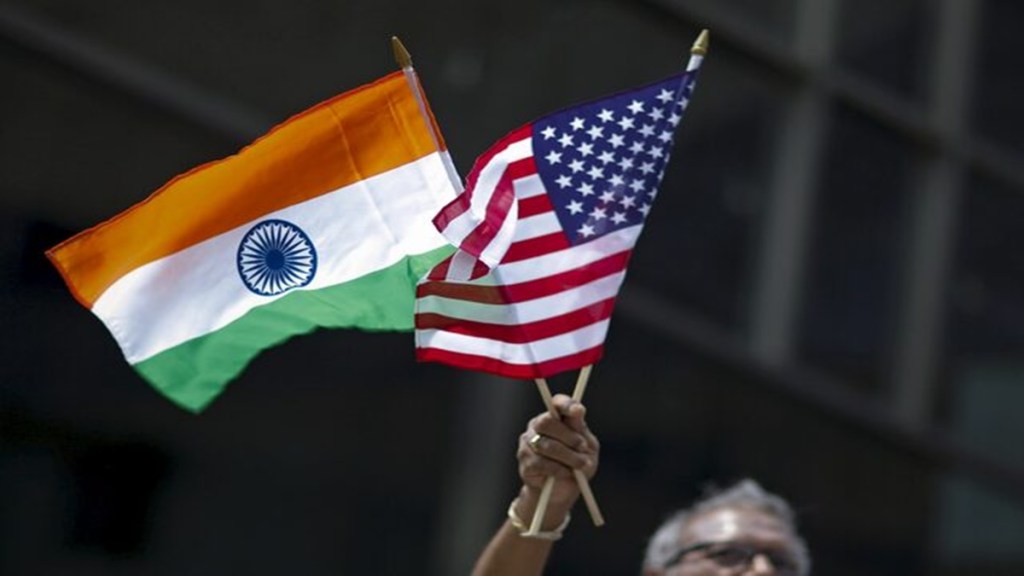By Ashok Gulati, Sulakshana Rao, & Tanay Suntwal, Respectively distinguished professor, senior fellow, and research assistant at ICRIER
With Donald Trump’s reciprocal tariff policy likely to kick in on April 2, India must get ready with its response. Should it be retaliatory or cooperative for a possible win-win game for both? US secretary of commerce Howard Lutnick recently said that India needs to step out of its existing model and open up markets as both nations work towards a great trade deal. The Donald Trump-Narendra Modi meeting envisioned Mission 500, targeting to increase bilateral trade to $500 billion by 2030, up from a little less than $200 billion in 2023 (US Bureau of Economic Analysis or USBEA).
Such a massive jump will need both sides to accommodate each one’s interest. In our opinion, there is an opportunity for a win-win game provided we play our cards smartly and not retaliate. Commerce and industry minister Piyush Goyal’s next trip to the US will decide how far we succeed in our strategy with cooperation and understanding.Trump seems determined to reset world trade with his reciprocal tariff policy.
No doubt, most of its major trading partners have enjoyed low import duties in the US while exporting their goods, while they have kept their own import duties relatively high. At the heart of Trump’s policy is a simple logic: Whatever tariff a country imposes on American goods, the US will impose the same in return. And Trump expects that this will not only bring in billions of dollars in tariff revenue but also reduce the trade deficit significantly.
There is no shame in admitting that India has been almost a “tariff king”, as Trump has taunted many times. According to World Trade Organization data, India imposes tariffs that are 5.2 times higher than what the US charges on Indian goods. The disparity exists with other key trade partners as well such as Canada (1.2 times), Mexico (2.1 times), the European Union (EU) (1.5 times), and China (2.3 times).
The imbalance is even worse for agricultural products. India’s agricultural tariffs are 7.8 times higher than what the US imposes on Indian farm exports. Canada (2.96 times), Mexico (2.38 times), the EU (2.16 times), and China (2.8 times) also maintain significantly higher agricultural tariffs.
US trade deficit (in goods and services) hit $918.4 billion in 2024, which is a major concern for Trump. The goods trade deficit alone stood at $1,211.7 billion, partly offset by a $293.3-billion surplus in services trade. China remains the biggest driver of this deficit, accounting for $295.4 billion, followed by the EU, Mexico, Vietnam, and Canada (see chart). Although a smaller player, India ranked 10th contributing only $45.7 billion to the US trade deficit (USBEA, 2024). But what is even more striking is the pace at which America’s trade deficit with certain countries has grown. Between 2020 and 2024, the deficit with Canada grew by 239.4%, followed by South Korea (161%), Taiwan (147.1%), and India (88.1%). This has irked and worried Trump.
The US is India’s largest trading partner. How can India accommodate US interests without rocking the boat? This is the crux of any negotiation. Energy and defence are the two big-ticket items to accommodate US interests. In FY24, India imported crude petroleum oil worth $139.2 billion (department of commerce) with Russia accounting for 34.6% share, Iraq 20.7%, Saudi Arabia 16.8%, and the US 4%. India can easily increase its energy purchases from the US, and, if required, top it up with some high-tech defence purchases like F-35 fighter jets. This can easily balance the US trade deficit with India.
From India’s perspective, the ongoing US-China trade war will create new opportunities, especially in labour-intensive products ranging from toys and textiles to leather products.But India must start identifying goods which will have minimal domestic impact because of tariff cuts, and accommodate US interests.
Some of the highest duties are on alcoholic beverages and tobacco products, such as whisky, vodka, rum, sparkling wine, and cigars, which face duties as high as 150%. Similarly, automobiles and electric vehicles are taxed up to 125%, while key agricultural products like walnut, honey, coffee, green tea, and sugar face 50-100% duties. Does it make sense to maintain such high tariffs? In some sensitive cases, yes.
But not in others. All the excessively high tariffs need to be brought down to a maximum of 50%. If these industries cannot survive even with 50% protection, it is not worth protecting them.Where negotiations will be tough is agriculture, given its sensitivity in India. From the US perspective, its top agricultural exports (UN Comtrade data) include soya bean ($27.9 billion), maize ($13.3 billion), and cotton ($6 billion), on which India imposes 45%, 50%, and 5% tariffs.
Food preparations, another major export interest item of the US ($5.7 billion) is levied a whopping 150% tariff. Skimmed milk powder attracts 60% duty. The best way for India would be to negotiate tariff rate quotas, and give some access to US products.
In return, India could ask for greater market access for its many exportable agri-products such as pomegranate, grape, mango, banana, snacks, and food preparations. The onus lies on India to build effective export lines for the US, taking care of their sanitary and phytosanitary standard concerns. India must do this homework to make it a win-win strategy.

